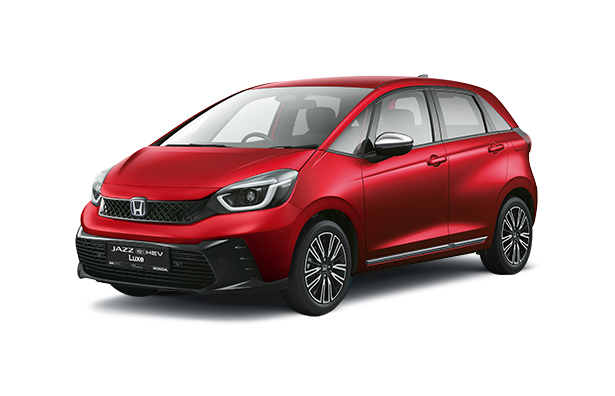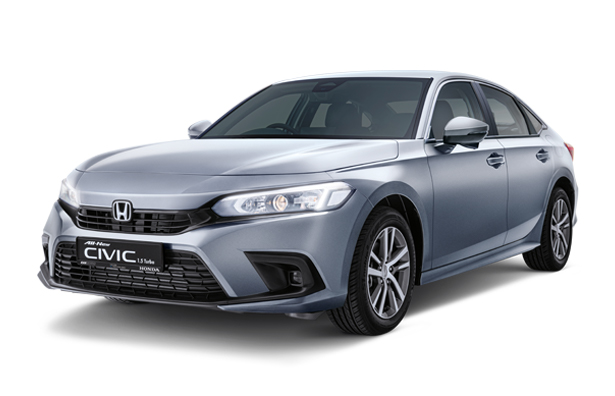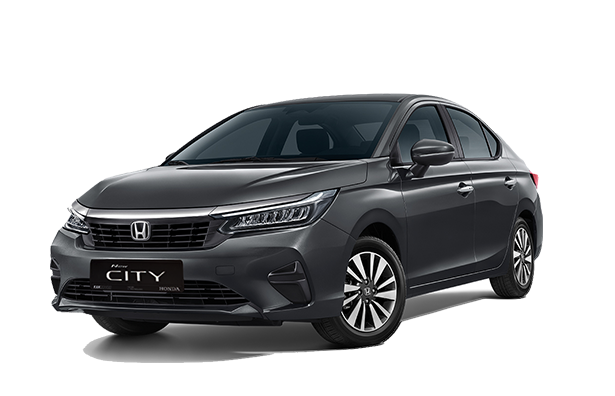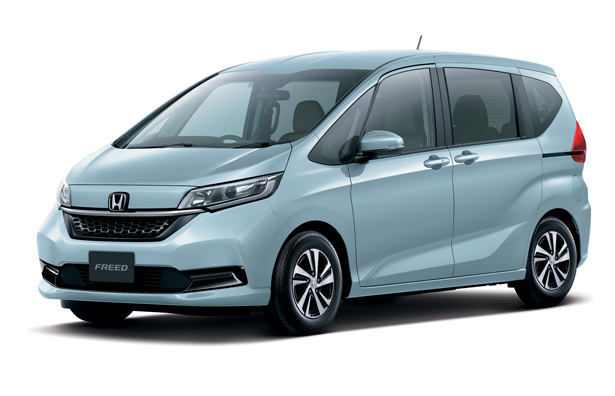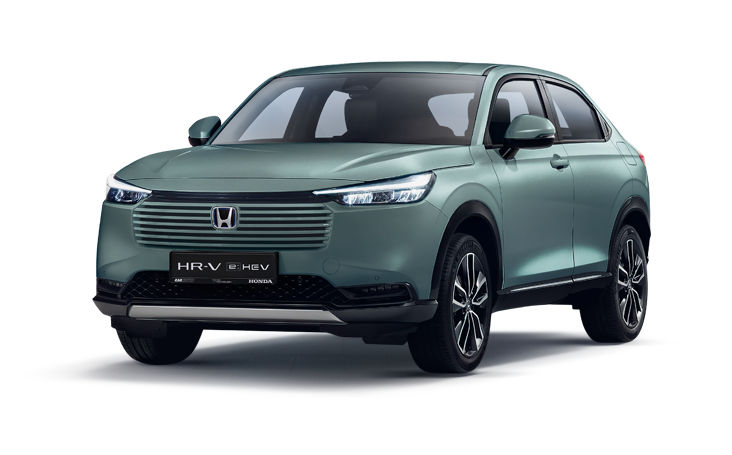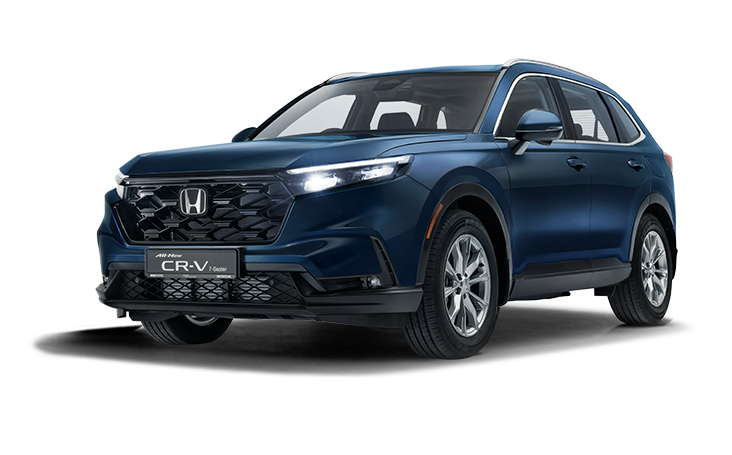
SINGAPORE - If arriving late is fashionable, then Honda must be the most fashionable brand here.
The Japanese company has rarely been able to supply its local agent Kah Motor with new models in a timely way. This partly explains why parallel imports, which regularly arrive at least a year earlier, account for a sizeable percentage of Hondas sold here.
Last year, for every 10 Honda cars registered here, at least seven were parallel imports - with the new Vezel (domestic name for the HR-V) being the best-selling model.
Now that the HR-V has finally arrived, Kah should be able to claw back some market share from the parallel importers.
Unlike in the past, Kah's pricing is now more competitive. This is especially so for the HR-V Hybrid, which is about $5,000 cheaper than many parallel imported equivalents. So, that is one huge advantage.
Unlike the previous HR-V, which was available with a more powerful direct-injection engine, the current one is back to port injection to meet stricter emission controls here. The good thing about port injection engines is that they will thrive with lower octane fuels, while direct injection types typically demand 98-octane.
Compared with the Vezel, Kah's HR-V has more features. For instance, all its cars come with rear air-conditioning vents, whereas this is not uniform across the five variants brought in by parallel importers.
The HR-V's labels, driving information and alerts are in English, while the parallel imports display them in Japanese.
The HR-V comes with Honda Sensing, a camera-based driving assistance system. It also comes with six airbags, while the Vezel is offered mostly with four.
An intangible but crucial difference is the peace of mind which comes from an authorised agent which has been in business for more than half a century.
But is the new HR-V any better than its predecessor? Well, unlike before, there are now two distinct variants available - a relatively modest 1.5-litre port injection with 118hp and 142Nm of torque, and a noticeably zestier 1.5-litre petrol-electric hybrid with 141hp and 253Nm.
The former takes 12.1 seconds to go from zero to 100km/h, while the latter does it in 10.7 seconds.
The hybrid thus makes for a significantly superior driving experience. It is quieter, smoother and a whole lot more refined and effortless in the city. It is also far more efficient, covering 100km with just 4.6 litres of fuel - versus 6.2 litres for its non-hybrid twin.
Its cabin is less drab, but hard plastics still abound. It also has a few features which the petrol-only car does not, such as digital instrumentation, paddle shifters, a door mirror which tilts downwards when you reverse, powered tailgate, rain-sensing wipers and a better stereo. It wears bigger wheels too.

Because of its efficiency, it qualifies for a $15,000 tax rebate. But its higher power output makes it a Category B certificate of entitlement (COE) car. And currently, COE premiums in that category is substantially higher than those in Category A. Hence, the hybrid costs about $30,000 more. Part of this will be offset by lower running cost attributable to its higher efficiency.
Both cars have adaptive cruise control, electric parking brakes with auto hold (which does not have to be reactivated each time you start the car) and a 9-inch infotainment tablet with Apple CarPlay and Android Auto. Neither has a wireless phone-charging cradle.
The new HR-V is bigger and more spacious. Rear occupants enjoy an almost flat floor, raised front seats and seat backs which can recline by two degrees for extra legroom.
The car sports a more contemporary design, with elegant lines and sleeker proportions which set it apart from the previous model favoured by private-hire operators.

In the ride and handling department, the made-in-Japan compact Honda crossover is unexciting but competent. It is well-behaved around swifter bends and vibration is kept at bay, with not a hint of creaking panels despite its plasticky interior.
And even though the non-hybrid has a modest output, it is adequately lively, even if revs tend to breach 3,500rpm rather frequently.
Compared with other compact crossovers, the HR-V stands out for its elegance, efficiency and relatively plain but sturdy build. If only it had arrived earlier.
Credits: The Straits Times. Author: Christopher Tan
Original Source: https://www.straitstimes.com/life/motoring/car-review-third-generation-honda-hr-v-is-elegant-efficient-well-built

